About Oceanographic Museum of Monaco
The Oceanographic Museum of Monaco rises majestically above the Mediterranean Sea, its grand façade blending seamlessly with the cliff it stands upon. Built in 1910, this architectural marvel is a testament to Prince Albert I's passion for marine science. The museum's limestone exterior, sourced from La Turbie, reflects the sunlight, creating a striking visual against the azure backdrop of the sea. Inside, the museum houses an extensive collection of marine life, from vibrant coral reefs to the skeletons of marine mammals, offering a glimpse into the ocean's diverse ecosystems.
Prince Albert I, known as the "Navigator Prince," founded the museum to share his love for the sea and promote marine research. His expeditions and scientific contributions are celebrated throughout the museum, with exhibits showcasing his pioneering work in oceanography. The museum's historical significance is further highlighted by its role in advancing marine science and conservation, making it a beacon of knowledge and exploration.
Marine Wonders
The museum's aquariums are a highlight, featuring over 6,000 specimens from various marine environments. The Shark Lagoon, with its transparent tunnel, allows visitors to walk through and observe these majestic creatures up close. The vibrant coral reefs, teeming with colorful fish, demonstrate the beauty and complexity of marine ecosystems. Each exhibit is meticulously designed to replicate natural habitats, providing an immersive experience that educates and inspires.
Plan your perfect trip to Monaco with Travo! Download now and start exploring.
Architectural Grandeur
The museum's architecture is as impressive as its exhibits. Designed by architect Paul Delefortrie, the building's neoclassical style is characterized by its grand columns and intricate sculptures. The façade features marine motifs, including sea creatures and waves, symbolizing the museum's dedication to the ocean. The building's integration with the cliffside creates a dramatic effect, emphasizing the connection between land and sea.
Conservation and Research
Beyond its exhibits, the museum is a hub for marine research and conservation. The Oceanographic Institute, associated with the museum, conducts studies on marine biodiversity and the impacts of climate change. Educational programs and workshops aim to raise awareness about the importance of preserving our oceans. The museum's commitment to conservation is evident in its efforts to protect endangered species and promote sustainable practices.
Interactive Experiences
Visitors can engage with interactive displays and multimedia presentations that bring the ocean's mysteries to life. The tactile pool allows guests to touch starfish and sea urchins, fostering a deeper connection with marine life. Virtual reality experiences offer a unique perspective, transporting visitors to underwater worlds and showcasing the wonders of the deep sea. These interactive elements make the museum a dynamic and engaging destination for all ages.
Legacy of Exploration
The museum's legacy is rooted in Prince Albert I's vision of exploration and discovery. His dedication to understanding the ocean's depths is reflected in the museum's ongoing mission to educate and inspire future generations. The museum stands as a tribute to his pioneering spirit, encouraging visitors to appreciate the beauty and importance of the marine world. Through its exhibits and programs, the Oceanographic Museum of Monaco continues to honor this legacy, fostering a sense of wonder and responsibility for our planet's oceans.
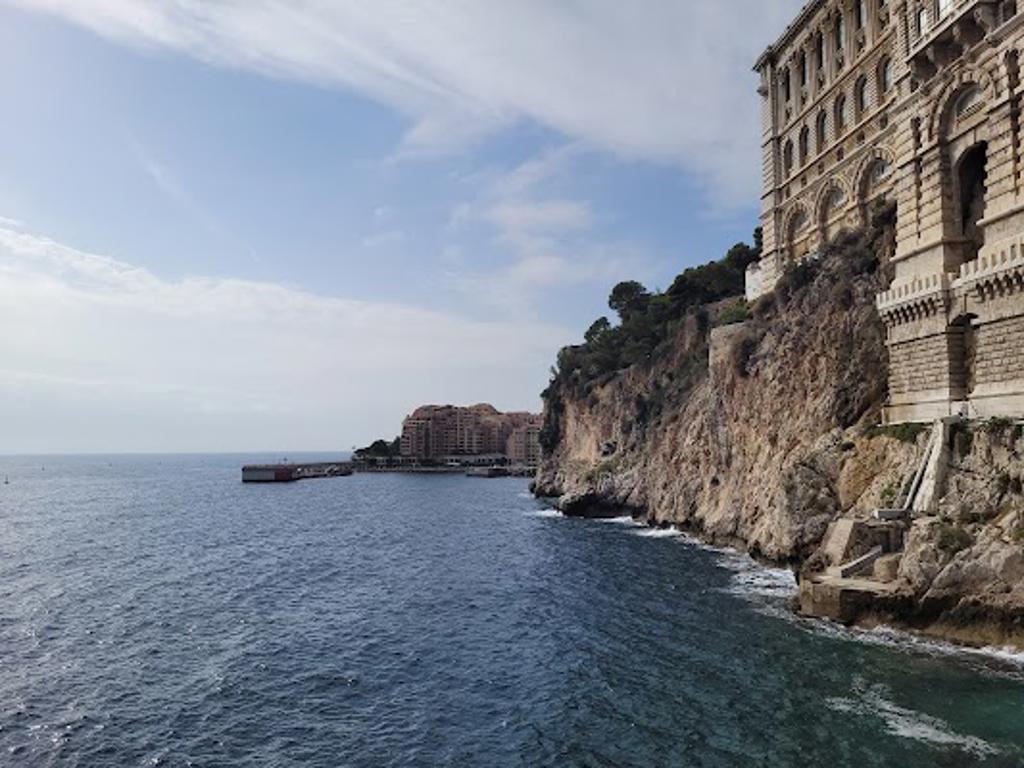

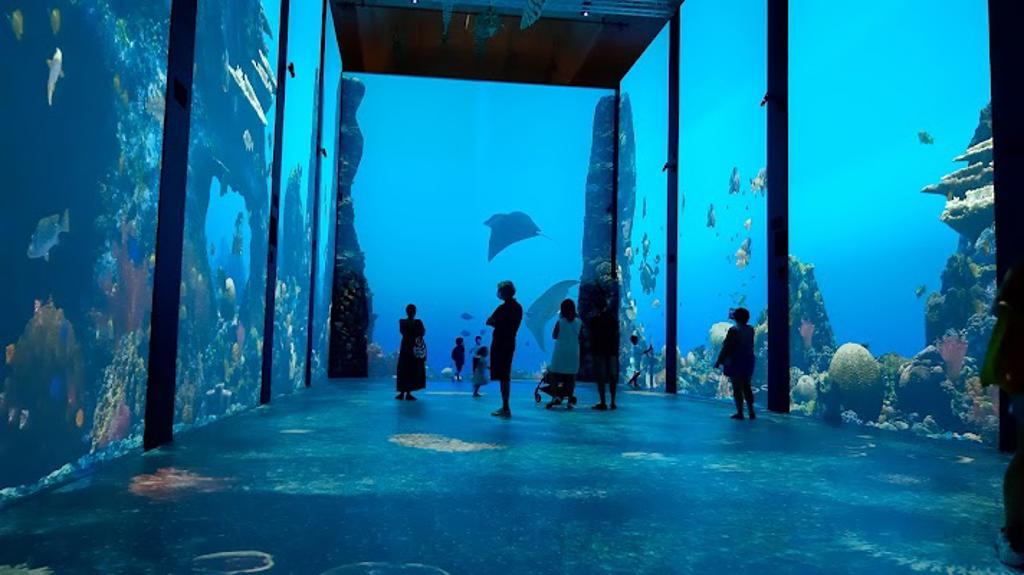
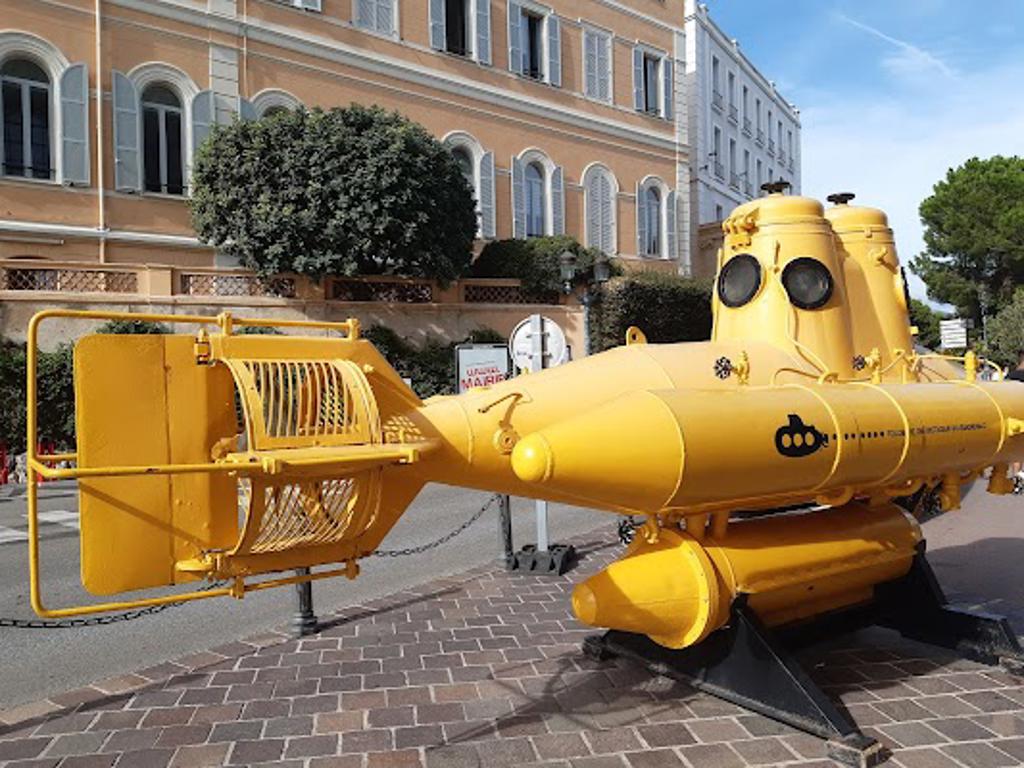
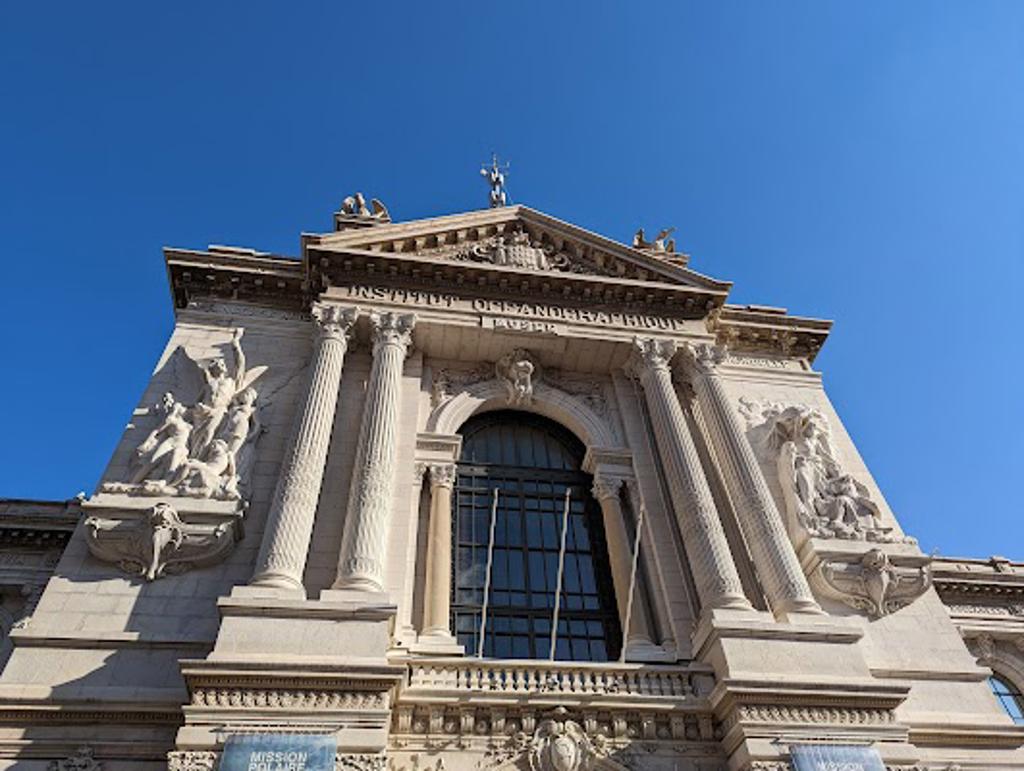
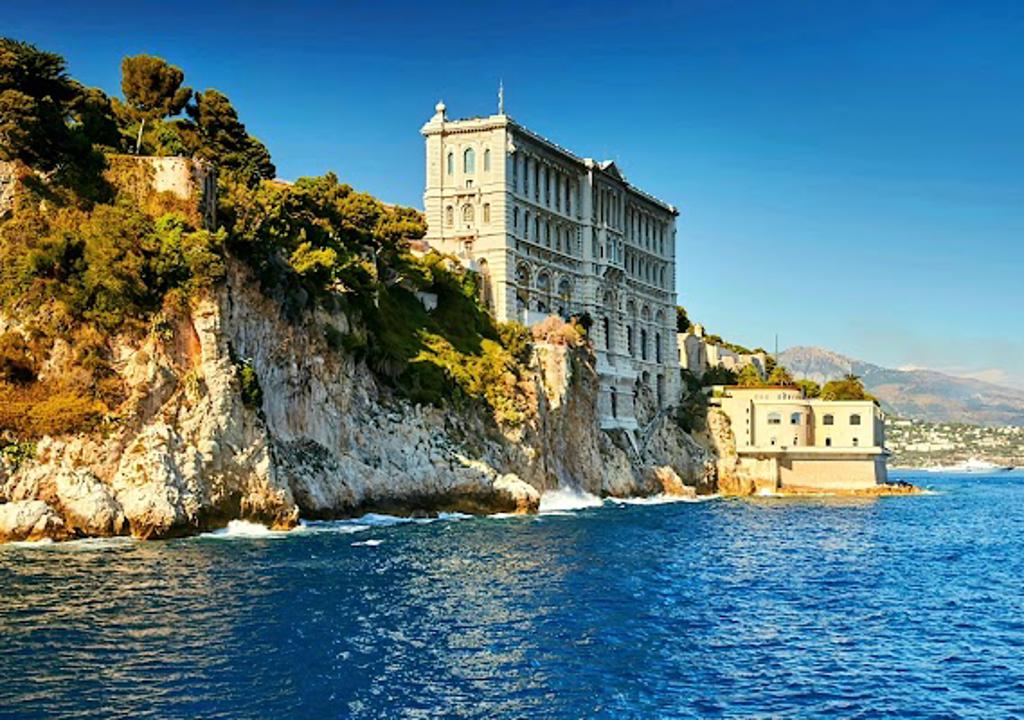
Map loading...
Location
Avenue Saint-Martin, 98000, Monaco
